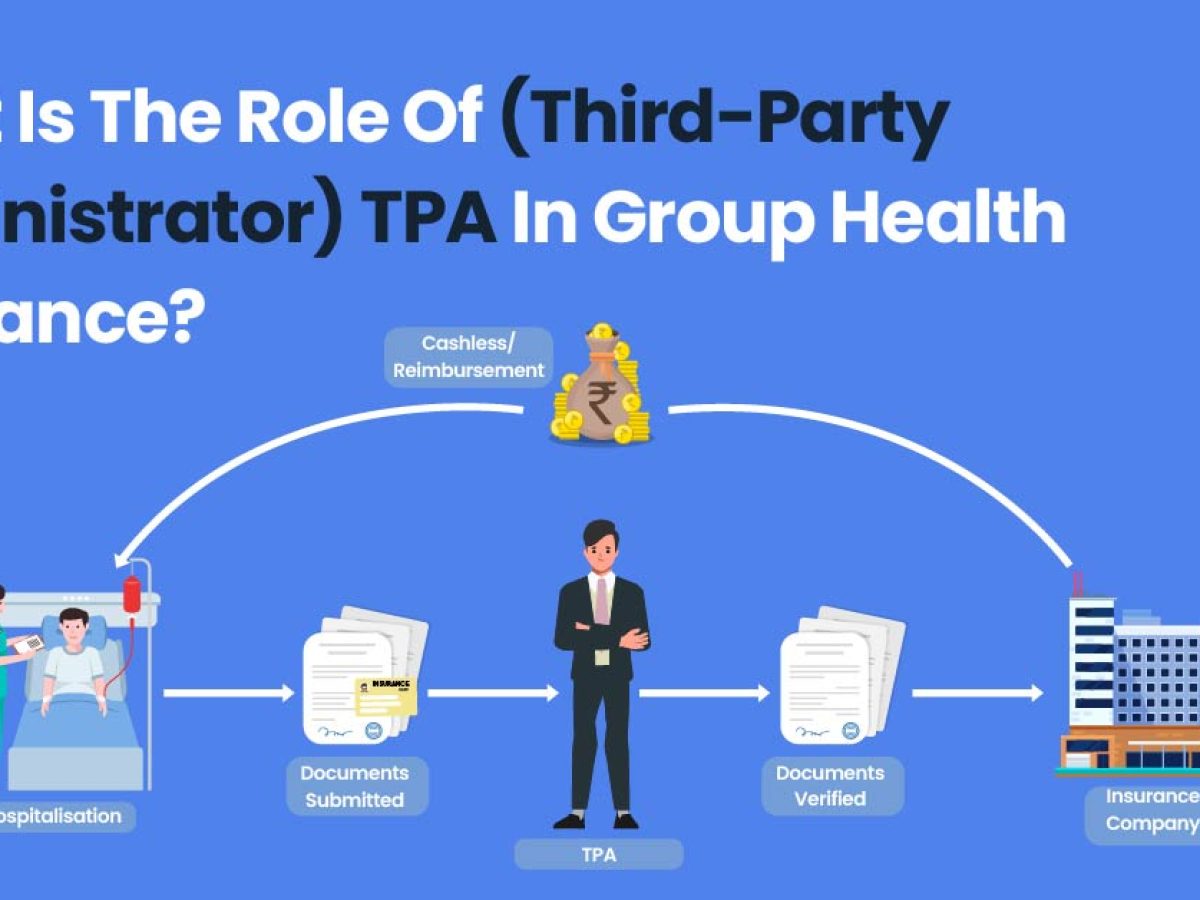Pacific Prime for Dummies

This decrease of virtually 2 million in the variety of individuals 'without insurance policy (a decrease of around 4 percent) is absolutely a favorable adjustment. With a softer economy in 2000 the most recent reported gains in insurance policy coverage may not proceed (Fronstin, 2001) (expat insurance). The decrease in the number of uninsured will certainly not continue if the economic climate stays slow-moving and health care prices proceed to outpace rising cost of living
This is because the data were collected for a duration of strong economic performance. Of the estimated 42 million individuals who were uninsured, all yet about 420,000 (about 1 percent) were under 65 years old, the age at which most Americans become eligible for Medicare; 32 million were adults in between ages 18 and 65, about 19 percent of all adults in this age group; and 10 million were youngsters under 18 years of age, regarding 13.9 percent of all youngsters (Mills, 2000).
These estimates of the number of persons uninsured are created from the yearly March Supplement to the Existing Populace Study (CPS), performed by the Demographics Bureau. Unless otherwise noted, national quotes of individuals without medical insurance and percentages of the populace with different type of protection are based upon the CPS, one of the most widely made use of resource of quotes of insurance coverage and uninsurance prices.
The Greatest Guide To Pacific Prime

Still, the CPS is particularly useful due to the fact that it produces annual estimates relatively quickly, reporting the previous year's insurance policy coverage estimates each September, and due to the fact that it is the basis for a consistent set of price quotes for more than 20 years, permitting evaluation of patterns in coverage with time. For these reasons, as well as the comprehensive use the CPS in various other researches of insurance protection that are offered in this report, we count on CPS price quotes, with limitations kept in mind.

The estimate of the number of uninsured individuals broadens when a populace's insurance standing is tracked for a number of years. Over a three-year period beginning early in 1993, 72 million people, 29 percent of the united state populace, were without insurance coverage for at least one month. Within a single year (1994 ), 53 million individuals experienced at the very least a month without protection (Bennefield, 1998a)
6 out of every 10 uninsured grownups are themselves used. Functioning does improve the probability that one and one's household participants will have insurance coverage, it is not a warranty. Even participants of family members with 2 full-time wage earners have virtually a one-in-ten chance of being without insurance (9.1 percent uninsured rate) (Hoffman and Pohl, 2000).
The Buzz on Pacific Prime
New immigrants make up a considerable percentage of individuals without medical insurance. One analysis has connected a considerable portion of the recent development in the dimension of the united state uninsured population to immigrants that arrived in the country between 1994 and directory 1998 (Camarota and Edwards, 2000). Recent immigrants (those that concerned the USA within the previous 4 years) do have a high price of being uninsured (46 percent), but they and their children account for simply 6 percent of those without insurance policy country wide (Holahan et al., 2001).
The connection between health insurance and accessibility to care is well established, as recorded later in this phase. Although the relationship between health and wellness insurance coverage and health and wellness outcomes is neither direct nor basic, an extensive medical and wellness services research literature web links wellness insurance coverage to better accessibility to care, far better top quality, and boosted individual and populace health condition.
Levels of evaluation for checking out the impacts of uninsurance. This discussion of health insurance policy coverage concentrates mostly on the united state population under age 65 since practically all Americans 65 and older have Medicare or other public protection. It focuses especially on those without any type of health insurance coverage for any kind of length of time.
Rumored Buzz on Pacific Prime
The problems faced by the underinsured are in some areas comparable to those dealt with by the without insurance, although they are typically much less severe. Wellness insurance policy, nevertheless, is neither needed neither sufficient to obtain accessibility to medical solutions. The independent and direct result of health insurance coverage on accessibility to health and wellness services is well developed.
Others will certainly obtain the health and wellness treatment they need also without medical insurance, by spending for it out of pocket or seeking it from carriers that supply treatment free or at highly subsidized rates. For still others, medical insurance alone does not make sure invoice of treatment as a result of various other nonfinancial barriers, such as an absence of wellness treatment providers in their neighborhood, restricted access to transport, illiteracy, or etymological and cultural differences.
Facts About Pacific Prime Revealed
Formal research regarding without insurance populations in the USA dates to the late 1920s and early 1930s when the Board on the Expense of Treatment generated a collection of reports about funding physician office brows through and hospitalizations. This issue came to be significant as the numbers of medically indigent climbed during the Great Clinical depression.
Comments on “The Only Guide to Pacific Prime”